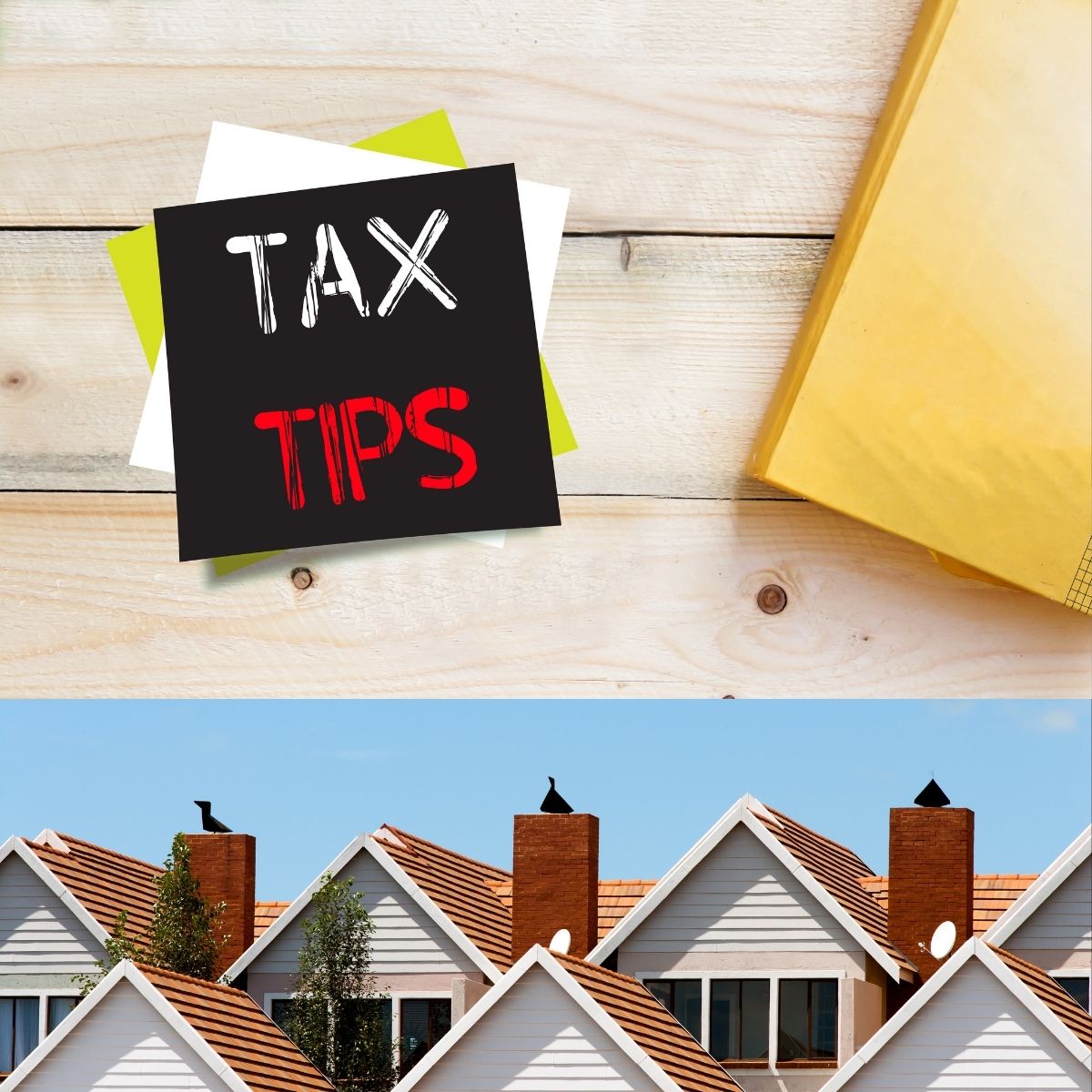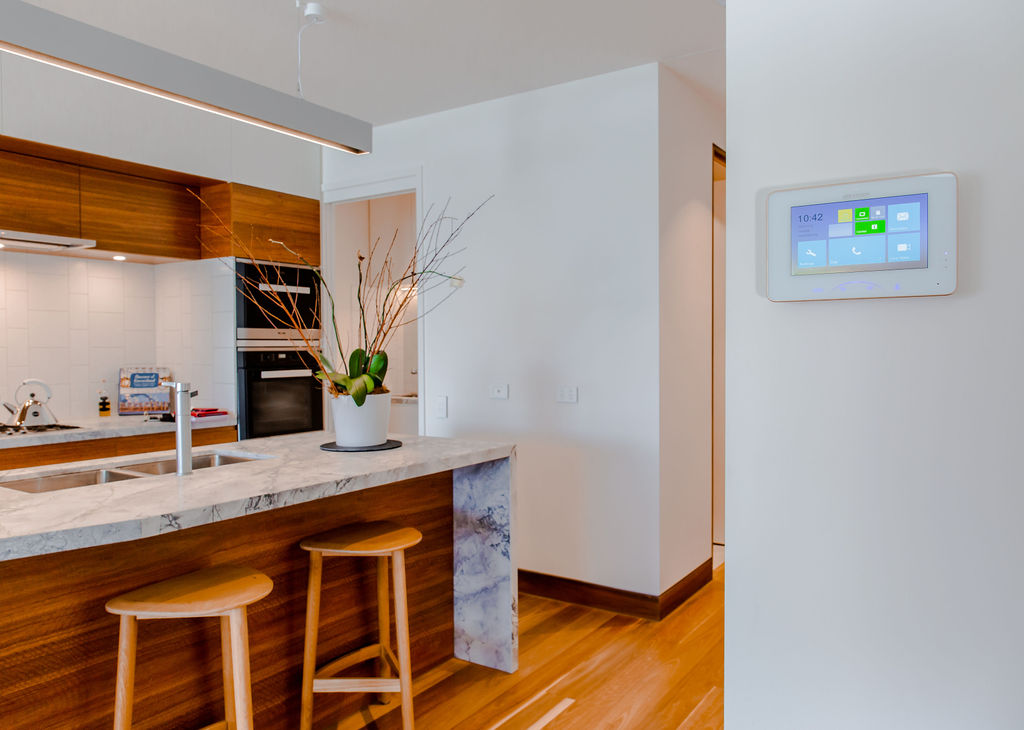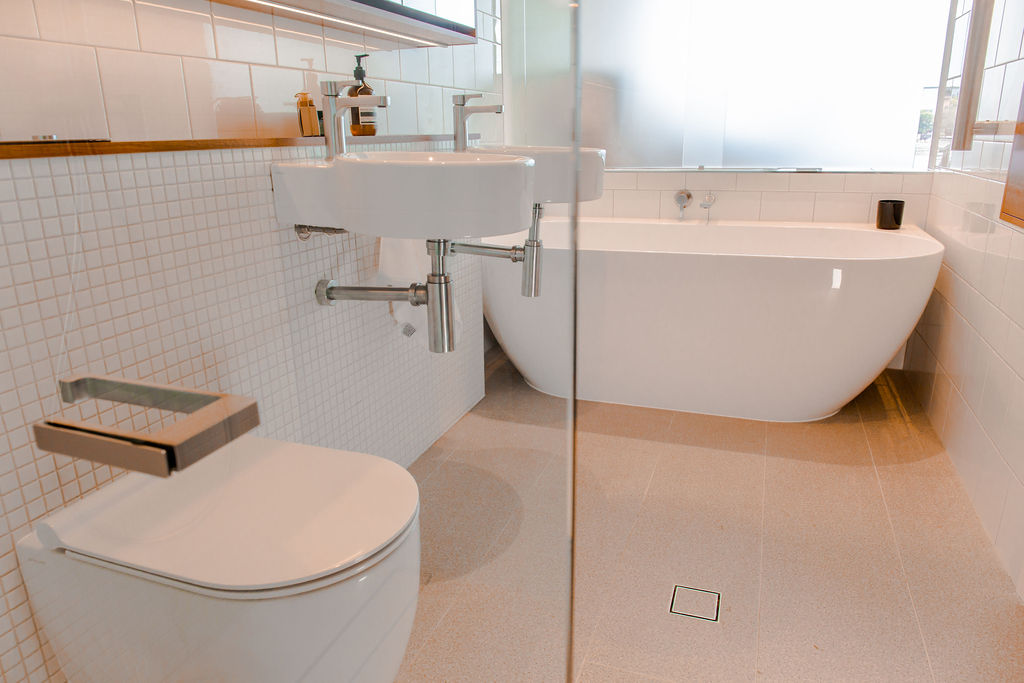
Tips for Keeping the ATO Happy and Helping You Claim Depreciation Allowances
Each year, you submit your taxes to the Australian Taxation Office (ATO) and hope for a tax refund. If you are earning income through residential investment properties, it’s in your best interest to claim all eligible deductions to offset rental income.
The tricky part is knowing what deductions to claim as rental expenses, and which ones are eligible for depreciation allowances, plus their values. Claiming the wrong deductions or the wrong values can lead to thousands in lost deductions or worse, penalties from the ATO.
This is where our NBtax Property Tax team can help. Our Quantity Surveyors are experts in property tax legislation and construction. They have prepared thousands of depreciation schedules to help clients claim all eligible deductions for their investment properties.
Before we outline the difference between the two types of deductions, here are some tax tips to help you maintain good record keeping for your investment properties.
Record Keeping Tips
Firstly, set up a spreadsheet and folders (digital and/ paper) for your property. Document each stage of your ownership starting with the acquisition and continuing with activities during the time you own the property. This will help you to identify your expenses, and sort into what you can and can’t claim.
Typical documents include:
- Buying contract of purchase
- Construction details (if new building – dates and builder’s contracts, professional services – architects, engineers etc)
- Conveyancing documents
- Loan documents
- Costs to buy the property (stamp duty and conveyancing fees)
- Borrowing expenses owning
- Proof of earned rental income
- Periods of private use by you or your friends
- Periods the property is used as your main residence
- Loan documents if you refinance your property
- Efforts to rent the property out (advertising)
- Property management (inspections, leasing)
- Fees for utilities and services – Council rates, Body corporate/ Strata fees, Insurance, security, etc.
- Repairs and general maintenance (gardening / plumbing/painting/ pest control)
- Purchases of new items (white goods, smoke detectors, air conditioners, hot water systems, floor coverings, blinds, furniture etc)
- Capital improvements (major renovations), Builder’s contract and invoices
- Selling contract of sale
- Conveyancing documents
- Sale of property fees
- Calculation of capital gain or loss
As paper can fade or be lost over time, scan copies of your receipts and documents to make it easier to store and access them. Remember: Keeping proof of all your income, expenses and efforts to rent out your property means you can claim all eligible deductions.
Claiming Deductions for Rental Repairs / Capital Allowances
Typically repairs can be claimed on your investment property during the financial period they occur. For instance, if an air conditioner was broken or needed cleaning, and you engaged a specialist to repair the damage then this cost could be claimed as a rental expense, during the financial tax year.
But if you purchased a new air conditioner, then the cost of the air conditioner could be depreciated for the life of the product. This deduction could be claimed under the Plant & Equipment allowance, Division 40.
Again, any minor trade work involving plumbing, electricity, or painting would be considered repairs. But if you completely rebuilt and replaced the kitchen benches and cupboards or a bathroom in your rented property, this would be viewed as capital works. You could claim the building allowance (Division 43) for this work.
Ownership of Properties for Depreciation Allowances
The circumstances surrounding your ownership of your residential investment property will have an impact on your eligibility to claim depreciation allowances.
Below are several scenarios in which you are eligible to claim property depreciation.
- Buildings that still qualify for building depreciation (constructed since 1985)
- Newly constructed residential properties
- Investment properties purchased prior to 9th May 2017
- Second-hand properties that have had substantial renovations (capital works)
- Second-hand properties that have had minor renovations
- Investors that purchase property in Managed Funds
- Corporate entities that buy properties (e.g. Pty Ltd Company)
- Second-hand properties owners who purchase new plant and equipment
- Owners who switch from Principal Place of Residence (PPOR) to rental properties prior to 1 July 2017
If you own investment properties in any of these circumstances, you are most likely eligible to claim depreciation allowances for the Building (Division 43) and / or Plant & Equipment (Division 40).
To claim these allowances, you will need a comprehensive and accurate depreciation schedule prepared by a Registered Tax Agent. Quantity Surveyors including our team at NBtax by Napier and Blakeley, are qualified to prepare these reports and have extensive knowledge of the construction industry and tax legislation.
Don’t risk incurring the wrath of the ATO and losing thousands in depreciation deductions. Contact our team to prepare your report today.
.jpg)
.jpg)

